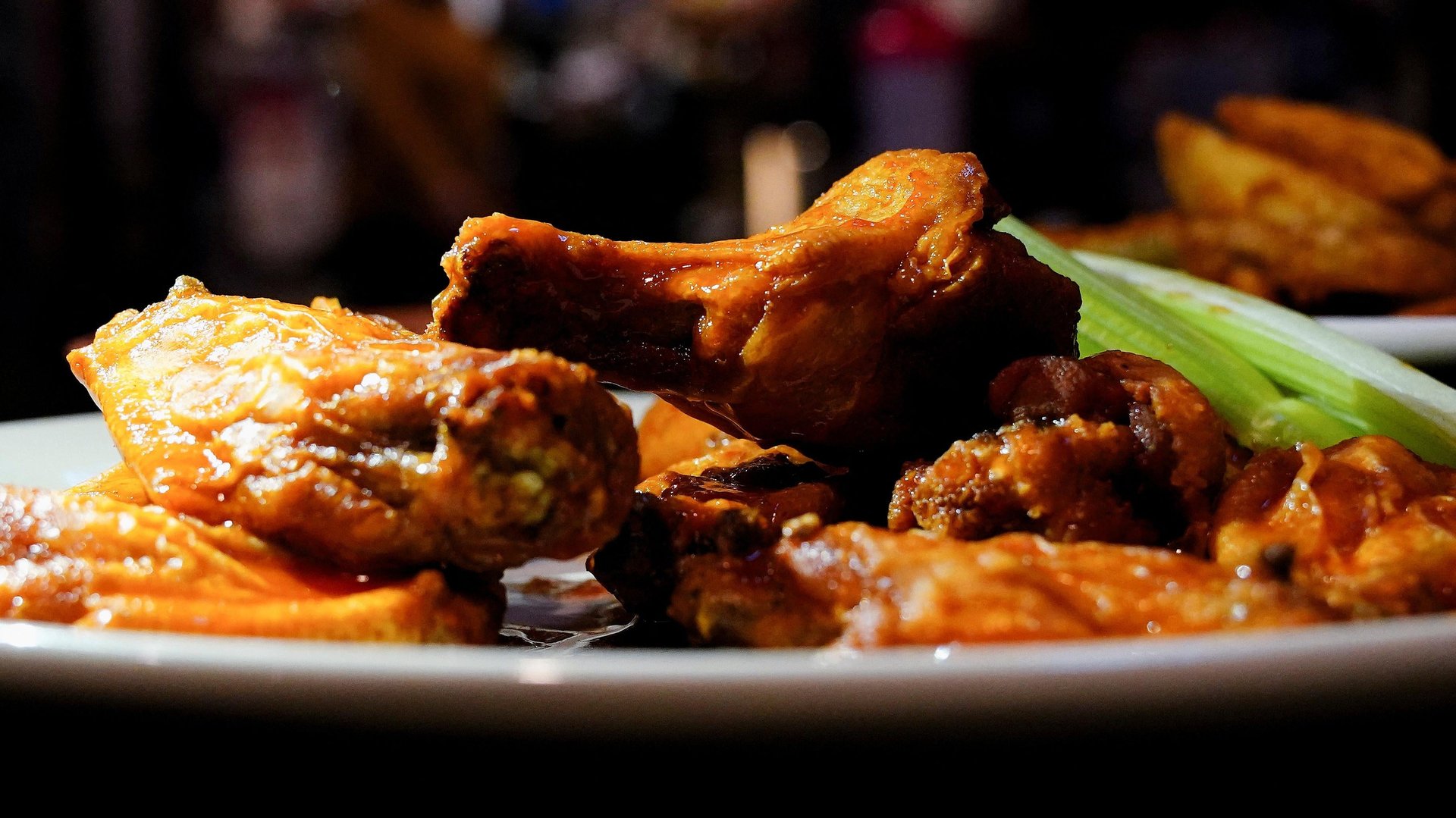Chicken wings, defying inflation, have fallen in price by half in a year
Demand for chicken wings soared during the height of the pandemic. But now prices are starting to cool.

Chicken wings are a welcome anomaly amid high food prices. The average price has fallen from a high of $3.25 per pound in May 2021, to $1.68 per pound in July of 2022, the lowest monthly average since May 2020, according (pdf) to the US Department of Agriculture.
Demand for chicken wings soared during the height of the pandemic, as people stayed at home and ordered more takeout, and increasingly turned to comfort food. Many restaurants shifted their menus to include chicken wings to meet the growing demand for fried goodness, said Fabio Sandri, the CEO of Pilgrim’s Pride, a poultry processing company, on a conference call with investors and analysts end of July. “During the pandemic, what we saw was the wings as a great appetizer that all the pizza parlors and all the other quick-service restaurants were adapting,” he said.
But demand has cooled since then, said Bill Mattos, president of the California Poultry Federation, a trade association that represents the state’s turkey and chicken producers, in an email. In July, the monthly average prices for boneless chicken breasts and whole birds also dropped, according to the USDA report. Wholesale leg quarter prices have increased, though they are still one of the cheapest parts of the chicken.
As wing prices reached more than $3 per pound last year, Sandri said that some restaurants took wings off their menus and replaced them with cheaper cuts. “So with that, we saw a very fast decline in the price of wings to the prices that we have today,” he said.
For instance, in June of 2021, Wingstop launched a virtual brand—which means online-orders only—called “Thighstop” as a way to get customers to order chicken thighs instead of wings due to surging prices.
Labor shortages are easing in the poultry industry
Labor shortages are another factor contributing to high food prices. Chicken producers in California have raised the entry wages for open positions and “are almost fully staffed,” said Mattos. During the height of the pandemic, covid-19 hit food and agriculture workers particularly hard as they faced some of the highest risks of contracting the virus due to working in close conditions, which contributed to supply-chain snags in the food industry and, ultimately, higher food prices.
Like many food items, demand is also tied to seasonal factors. Industry experts expect demand for wings to pick up as football season begins.
